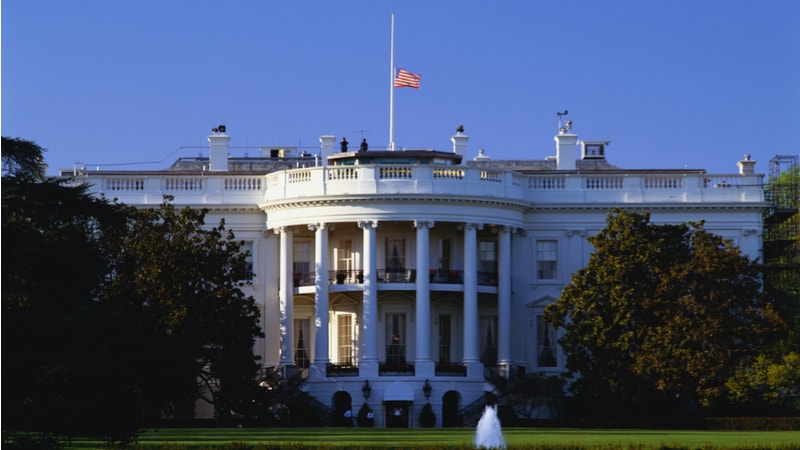
The White House’s Office of Science and Technology Policy (OSTP) has delivered to President Trump a list of wireless spectrum research and development priorities that it says the Federal government should concentrate on in order to promote U.S. leadership in wireless communications technologies.
OSTP prepared the report in response to an October 2018 presidential memorandum on developing sustainable spectrum strategy. The report was prepared by the National Science and Technology Council’s Wireless Spectrum R&D Interagency Working Group. The working group was put together in 2010 to coordinate spectrum-relate R&D across the Federal government and with academia and the private sector.
The spectrum R&D recommendations focus on three areas:
The first is pursuit of “spectrum flexibility and agility” that support the use of multiple spectrum bands. Traditionally, wireless services – including commercial ones – have used dedicated spectrum on an exclusive basis, with little sharing of spectrum bands. The ability of wireless services that can use multiple spectrum bands – effectively having the ability to hop across a variety of less congested spectrum bands – has long been discussed in the industry, but is rarely the preferred method. The OSTP report cautions that “careful evaluation of incumbent systems and assets should be pursued to ensure safe and reliable sharing of spectrum bands.”
The second is improving “real-time spectrum awareness” to achieve “near-real time network sensing and monitoring” while preserving security and privacy. Improvements in spectrum awareness, the OSTP report says, will yield better information on “spectrum environment changes,” and will support better interference detection and resolution to prevent service and network degradation in a spectrum environment that will only become more congested as time goes on.
And the third is increasing spectrum efficiency and effectiveness through “secure autonomous spectrum decision making” to support better spectrum sharing. “Future wireless networks are likely to be more decentralized and better able to react to changing environmental conditions,” OSTP said. “The spectrum ecosystem will benefit from systems that can make decisions in near real-time, autonomously and securely, and coordinated with other disparate wireless systems over a wide frequency range in the same geographic area, while balancing efficient use of spectrum with effectiveness of Federal and private missions,” it said.
The three principle recommendations, if adopted, “will position the United States to be a wireless technology leader. Through using and improving public–private partnerships, the United States can provide a robust, dynamic, and flexible spectrum environment that supports economic growth, scientific progress, national security, and public safety,” OSTP said.
Separately, OSTP also delivered to President Trump a report on emerging technologies and their expected impact on non-Federal spectrum demand. The report focuses mostly 5G and Wi-Fi network technologies and “ensuring that America expeditiously reaps the benefits of the revolutionary impact that 5G is expected to have across industrial sectors and society in general.
“To ensure near and long-term success in 5G, our Nation must ensure access to adequate spectrum capacity and utilize new and innovative methods of spectrum use,” OSTP said.
“The private sector plays a central role in the rollout of 5G technology, but the goal of reaching 5G first cannot be attained without partnership with the Federal government. Through investment in R&D for next generation capabilities, ensuring efficient allocation and use of spectrum, and removing regulatory barriers, the Government plays a critical role in 5G deployment,” it said.
